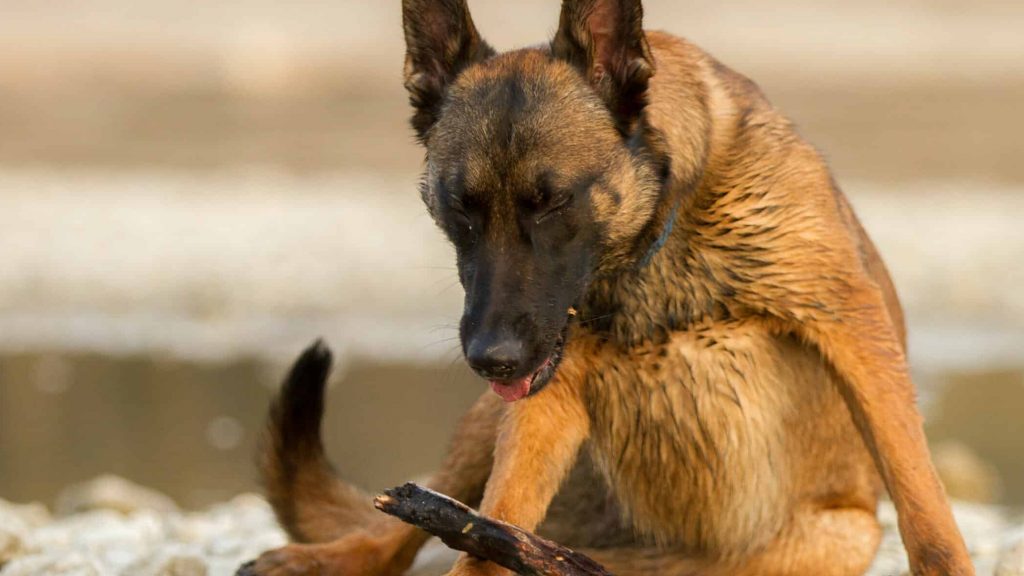By Dr. Shannon Leggieri, DVM, MS of Claremont Veterinary Hospital, Oakland.
Over the past three months, almost every other call we’ve received at our hospital has been regarding the “dog flu.” While cases of canine flu are on the rise in California, as an informed dog owner, it is important to understand what canine flu is, which dogs are at risk, the clinical signs of canine flu and how to prevent contracting the virus.
Canine flu or canine influenza virus is a highly contagious disease passed easily from dog to dog. There are no documented cases of it spreading to humans. There are two different strains of canine influenza A: H3N8 and H3N2. Cases have been noted in various locations through the state of California including Southern California, San Francisco, Fresno, and multiple cities around the South Bay.
Canine influenza is spread through respiratory droplets or secretions (i.e. barking, sneezing, or coughing). Dogs in close contact with other dogs such as at the groomer, shelters, dog parks and daycare facilities are at the highest risk. The flu can also be passed through contaminated surfaces such as kennels, water bowls, toys, leashes and even the clothes worn by people in contact with contaminated dogs. The virus can live on surfaces for as long as 48 hours, so proper decontamination is essential in these environments. The incubation period of the virus is one to five days, during which the infected canine is most contagious but not necessarily showing clinical signs.
The most common signs of the flu are coughing, sneezing, nasal discharge, fever, lethargy and lack of appetite. The disease is highly contagious but rarely deadly. Typically, the flu lasts approximately two to three weeks. It can last longer if secondary bacterial infections are acquired. If you suspect your dog may have the flu, isolate her immediately and contact your veterinarian for her to be examined. Alert your veterinarian that you suspect your dog has the flu so that appropriate hospital precautions can be implemented to prevent spread. Your veterinarian may recommend viral testing if indicated. These tests are non-invasive and may help identify the presence of the virus and the particular strain affecting your dog. Treatment of the virus is supportive care. Appropriate husbandry and adequate nutrition to minimize the length and severity of clinical signs is most important. Fluid therapy for dehydration or antibiotics for secondary bacterial infections may be indicated depending on the severity and duration of your dog’s illness.
To prevent transmission to other dogs, affected animals should be isolated for four weeks. There is a vaccine available offering protection against both known strains of the virus. The vaccine is boostered two to four weeks after the first administration and then once yearly. Recommendations for vaccine administration is based on lifestyle. Dogs with frequent and close contact with other dogs should be vaccinated. It is important to discuss the need for the vaccine with your veterinarian.







